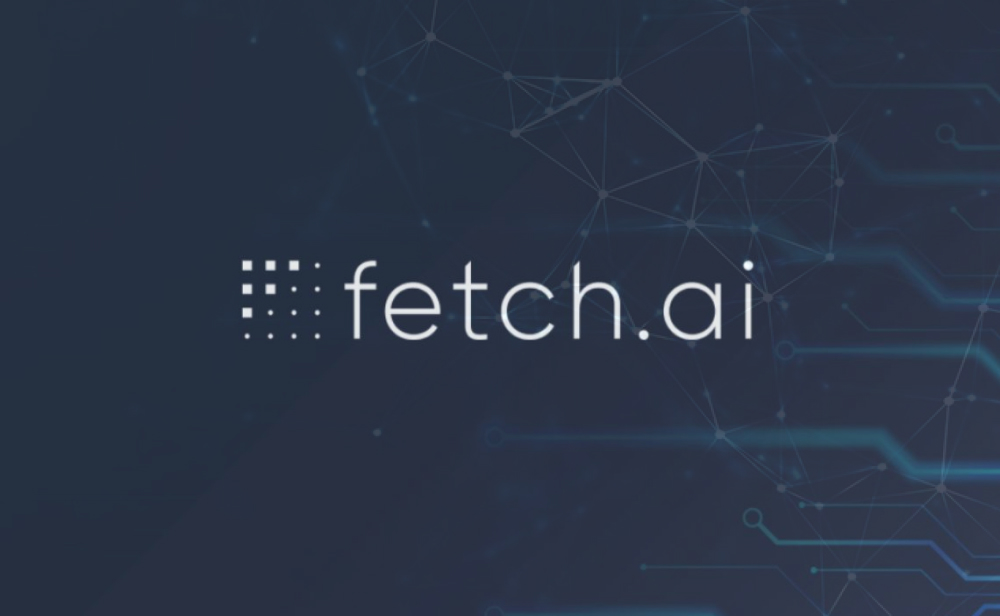
Fetch.ai (FET) is a platform based on artificial intelligence (AI). It is defined as a decentralized digital representation of the actual world in which autonomous software agents conduct productive economic labor. To do this largely depends on machine learning (ML) and artificial intelligence (AI).
The purpose of Fetch.ai is to automate an infinite number of marketplaces that need massive manual interaction. Autonomous economic transactions, according to the researchers, would result in near-frictionless marketplaces that operate at a high rate.
How Does Fetch.ai (FET) Work?

Comments